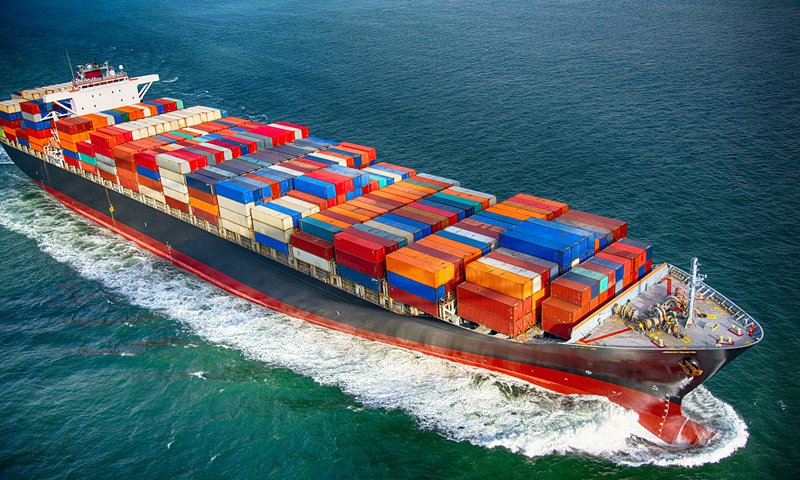China encourages foreign investment in more sectors, focuses on stable and self-controlled industry chains
By Ma Jingjing and Wang Bozun Source: Global Times Published: 2020/12/28 22:03:40
FDI inflow to China may hit $150 billion next year: analyst

foreign investment
China has significantly increased the number and type of items on its newly revised industry catalogue, released on Monday, to encourage foreign investment.
The list is intended to attract foreign investment into the country's manufacturing and producer services industries as well as the middle and western regions of the country, in a bid to raise foreign investors' confidence and involve foreign capital in China's establishment of a new development pattern, analysts said.
The new catalogue will be significant for China to achieve its goal of building stable and self-controlled industry chains by boosting original innovation locally, while creating greater scope for growth for foreign capital in the Chinese market, experts said.
The 2020 catalogue involves 1,235 items, of which 127 are new and 88 are revised, according to the document jointly released by the Ministry of Commerce and the National Development and Reform Commission (NDRC).
The new catalogue added items such as the production of ventilators, ECMO and medical monitors, the research and development of 5G technologies, as well as integrated circuit packaging and test equipment.
It also added items in the services sector such as high-end equipment maintenance, the restoration of digital production lines and distance learning, diagnosis and work from home.
The new list is a pragmatic move that follows the trend of globalization and is in accordance with China's "dual circulation" strategy and long-range objectives for 2035, as the country aims to build itself into a manufacturer of quality items and make major breakthroughs in core technologies in key areas, Tian Yun, vice director of the Beijing Economic Operation Association, told the Global Times on Monday.
Foreign investment-backed enterprises account for about 25 percent of China's industrial output, 20 percent of tax revenue and 6.7 percent of jobs, becoming important factors in domestic circulation, according to the NDRC. Meanwhile, their advantages in the global allocation of production resources and industry chains drove upstream and downstream enterprises in China to integrate into global industry chains and made them important players in international circulation, it said.
"Entering a new development stage, China now focuses on promoting original sci-tech innovation by nurturing its huge market, which is extremely important for China to build a stable and self-controlled industry chain," Wang Yiwei, a senior fellow with the Chongyang Institute for Financial Studies at Renmin University of China, told the Global Times on Monday.
He said that foreign enterprises should join China in boosting sci-tech innovation because "only advanced technologies can help them have a foothold in the already crowded Chinese market."
Though the UN Conference on Trade and Development predicted in March that global cross-border foreign direct investment (FDI) could plunge 30-40 percent in 2020 as part of the fallout of the global pandemic, FDI flows into China remained steady.
Data from the Ministry of Commerce showed that the country's actual use of foreign capital stood at 899.38 billion yuan ($137.6 billion) during January-November, up 6.3 percent year-on-year.
Experts forecast that FDI into China will grow further in the first half of 2021, thanks to China's efforts in getting the outbreak under control and swiftly restoring economic and social activities.
Dong Dengxin, director of the Finance and Securities Institute at the Wuhan University of Science and Technology, told the Global Times on Monday that he forecast that FDI into China may be equivalent to the country's GDP growth in 2021, and the total value may be around $150 billion.
Tian said that China's abundant reserves of key resources such as rare earths as well as its huge market potential are unique advantages for attracting foreign investment.
"With about 170 million highly educated professionals, 900 million netizens, 400 million middle-income people and 140 million enterprises, China is the world's largest, most vital and most promising market," Wang said, also noting that China has established laws and regulations to protect foreign investment-backed enterprises - for example, the Foreign Investment Law that took effect in January 2020.
He noted that foreign enterprises' practices in China will prompt China to take part in higher-level free trade and investment talks - such as the nearly completed China-EU bilateral investment agreement and the Comprehensive and Progressive Agreement for Trans-Pacific Partnership - and further open up its sectors including electric vehicle, private education and hospital.
The new catalogue added items specifically for China's middle and western regions to promote regional open economies and outbound industrial clusters.
It encourages foreign investment in agricultural product processing and tourism development in provinces such as Northeast China's Heilongjiang Province and Southwest China's Yunnan Province, while encouraging investment in medical equipment and anti-COVID-19 protective supplies in provinces like Central China's Henan Province and North China's Shanxi Province.
Newspaper headline: Policy to encourage foreign capital
Posted in: ECONOMY